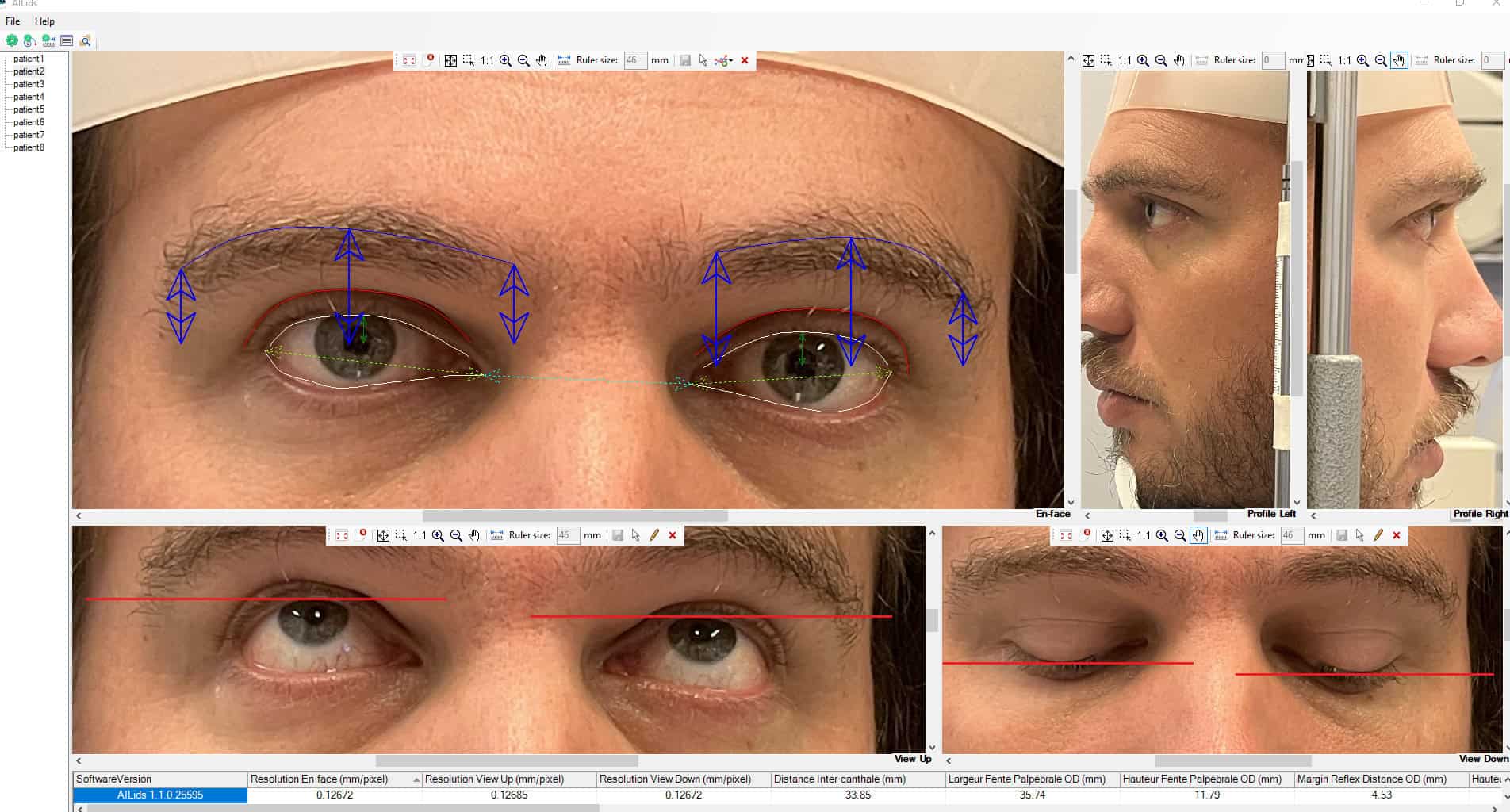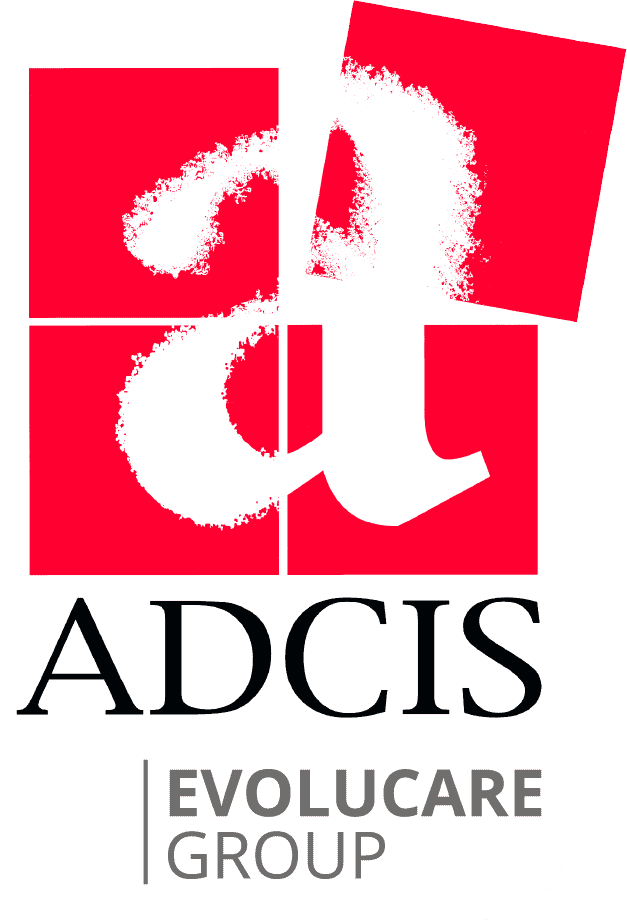Feasibility study for the development of software to automate measurements of the periorbital region to assess the effects of blepharoplasty procedures on the reduction of the drooping eyelid
Partnership
The Impulsion Innovation project is supported by the Normandy Region and in partnership with Caen University Hospital.
Target
The main objective of this R&D project is to develop software for automatic identification of strategic points in the periorbital region (pupil, iris, corners of the eye, upper and lower eyelid line…) and to calculate 10 key measurements, based on images taken by a conventional digital camera.
The second objective is to carry out a market study, in order to develop a product with ergonomics and functionality adapted to the expectations of the target market. It also involves identifying the various options for bringing the product to market, and identifying distribution and integration partners to accelerate adoption of the solution by end-users.
Part of the project is being carried out in collaboration with Caen University Hospital, which will be the promoter of the prospective study. The aim is to recruit around 50 subjects, in order to visualize/evaluate the diversity of possible scenarios that could impact image processing (wrinkles, make-up, pathologies, etc.). The collaboration contract between ADCIS and the CHU was signed in January to carry out this study.
ADCIS has worked on automatic mathematical morphology detection of the eye’s key points, enabling the following measurements: inter-canthal distance, palpebral slit width, palpebral slit height, margin reflex distance, upper palpebral crease height, eyebrow height (in three positions), eyelid stroke measurement.
Key points are therefore automatically detected and labeled by the software, and the user interface has been optimized so that any necessary modifications to these key points can be made manually by the clinician. A new type of graphical control based on splines has been developed to facilitate modifications with a minimized number of clicks, which is important for future dataset building and software performance enhancement through a complementary deep learning approach.
.




